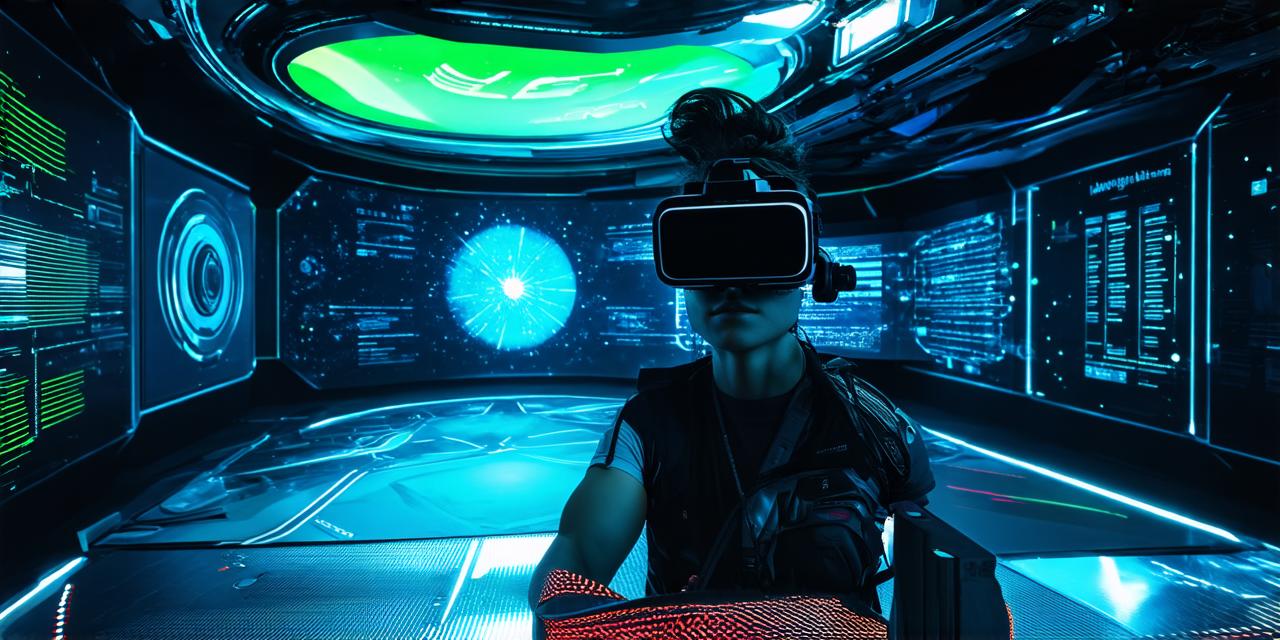Virtual reality (VR) is a technology that allows people to experience a computer-generated world as if they were really there. It has been around for decades, but it’s only in the last few years that VR has started to become mainstream and accessible to everyday users.
The Benefits of Virtual Reality in Education
Improved Engagement and Motivation
One of the biggest advantages of using virtual reality in education is that it can help improve engagement and motivation among students. When students are immersed in a virtual world, they become more interested and invested in the learning process. This is because VR provides a more interactive and engaging way to learn than traditional classroom methods, such as lectures or reading textbooks.
For example, one study found that students who used VR to learn about history were more engaged and motivated than those who used traditional methods. The study also found that the students who used VR had a better understanding of the material and were able to retain it better.
Enhanced Learning Experiences
Virtual reality can also provide enhanced learning experiences for students. With VR, students can experience things that they might not be able to in real life, such as visiting a museum in another country or exploring the human body.
For instance, a company called Anatomiz has developed a VR program that allows medical students to practice surgeries and other procedures in a virtual environment. This provides them with a safe and controlled space to learn and improve their skills without risking patient lives.
Better Accessibility and Flexibility
Virtual reality can also make education more accessible and flexible, especially for those who might not have access to traditional classroom settings. For example, VR can be used to provide remote learning experiences for students in rural or disadvantaged areas. It can also be used to create personalized learning experiences that are tailored to the needs of individual students.
For instance, a company called Oculus has partnered with schools in India and South Africa to provide VR devices to students who might not have access to them otherwise. This has helped to level the playing field and provide more opportunities for these students.
The Challenges and Limitations of Virtual Reality in Education
High Costs
One of the biggest challenges facing virtual reality in education is its high cost. VR devices and software can be expensive, which means that not all schools and universities will have access to them. This can create a digital divide between those who have access to VR and those who don’t.
Limited Research
There is also limited research on the effectiveness of virtual reality in education. While there are some studies that suggest that VR can improve engagement and motivation, more research is needed to fully understand the potential benefits of this technology.
Technical Issues
Virtual reality can be a complex and technical subject, which means that there may be issues with hardware and software compatibility. This can make it difficult for educators to implement VR in their classrooms and for students to use it effectively.
Real-Life Examples of Virtual Reality in Education and Training
Medical Training
Virtual reality is already being used in medical training to help doctors and nurses practice surgeries and other procedures in a safe and controlled environment. This can help reduce the risk of medical errors and improve patient outcomes.
